.png)
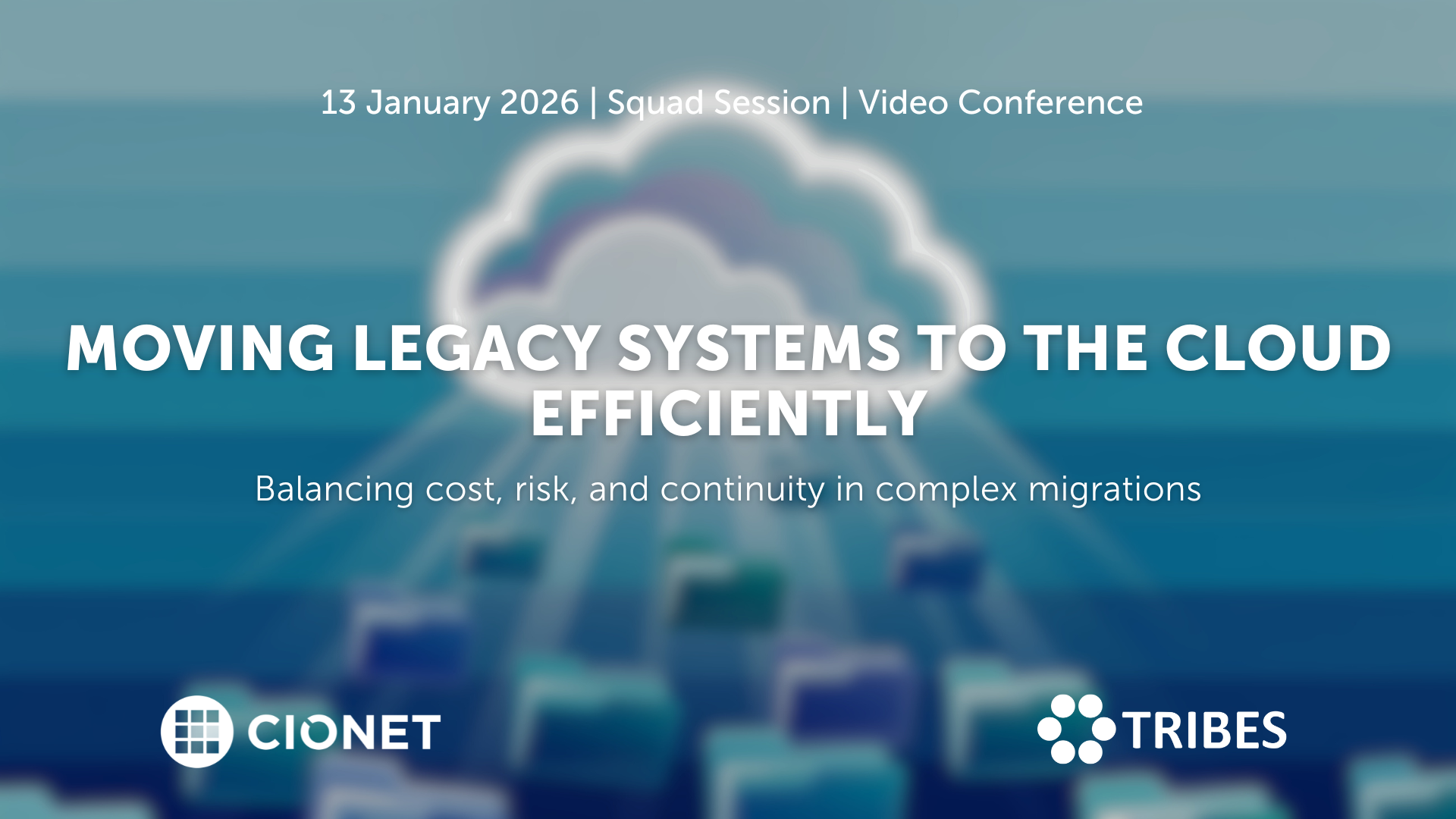
Belgium 13-1-26 Squad Only Virtual english
Migrating legacy systems to the cloud remains one of the toughest balancing acts in IT. Every choice affects stability, cost, and trust at once, and what starts as a modernisation effort quickly turns into a negotiation between ambition and reality. Suddenly budgets rise, dependencies appear late, and timelines tighten as old architectures collide with new expectations. In the end, success depends on sequencing, ownership, and aligning business priorities with infrastructure limits, and not only on technical readiness. Making it work requires more than a plan on paper. Knowing which systems genuinely belong in the cloud, which can wait, and which should stay put shapes the entire roadmap and defines its success. Each refactoring decision sets the level of future flexibility, but it also drives cost and risk. The trade-offs between speed, sustainability, and resilience only become clear once migration begins and pressure builds. Let’s discuss how to plan migrations that stay on track, manage hidden dependencies, and handle downtime with confidence. Let’s also discuss how governance, testing, and vendor coordination keep progress visible and credible. Are you in? A closed conversation for those who turn cloud migration from a disruption into a long-term advantage.
Read More.png)
Belgium 20-1-26 All Members Physical english
CIOs today are being judged less as technology leaders and more as portfolio managers. Every euro is under scrutiny. Boards and CFOs demand lower run costs, higher efficiency, and clear ROI from every digital initiative. Yet, they also expect CIOs to place bets on disruptive technologies that will keep the enterprise competitive in five years. This constant tension is redefining the role. In this session, we go beyond FinOps and cost reporting to tackle the strategic financial dilemmas CIOs face.
Read More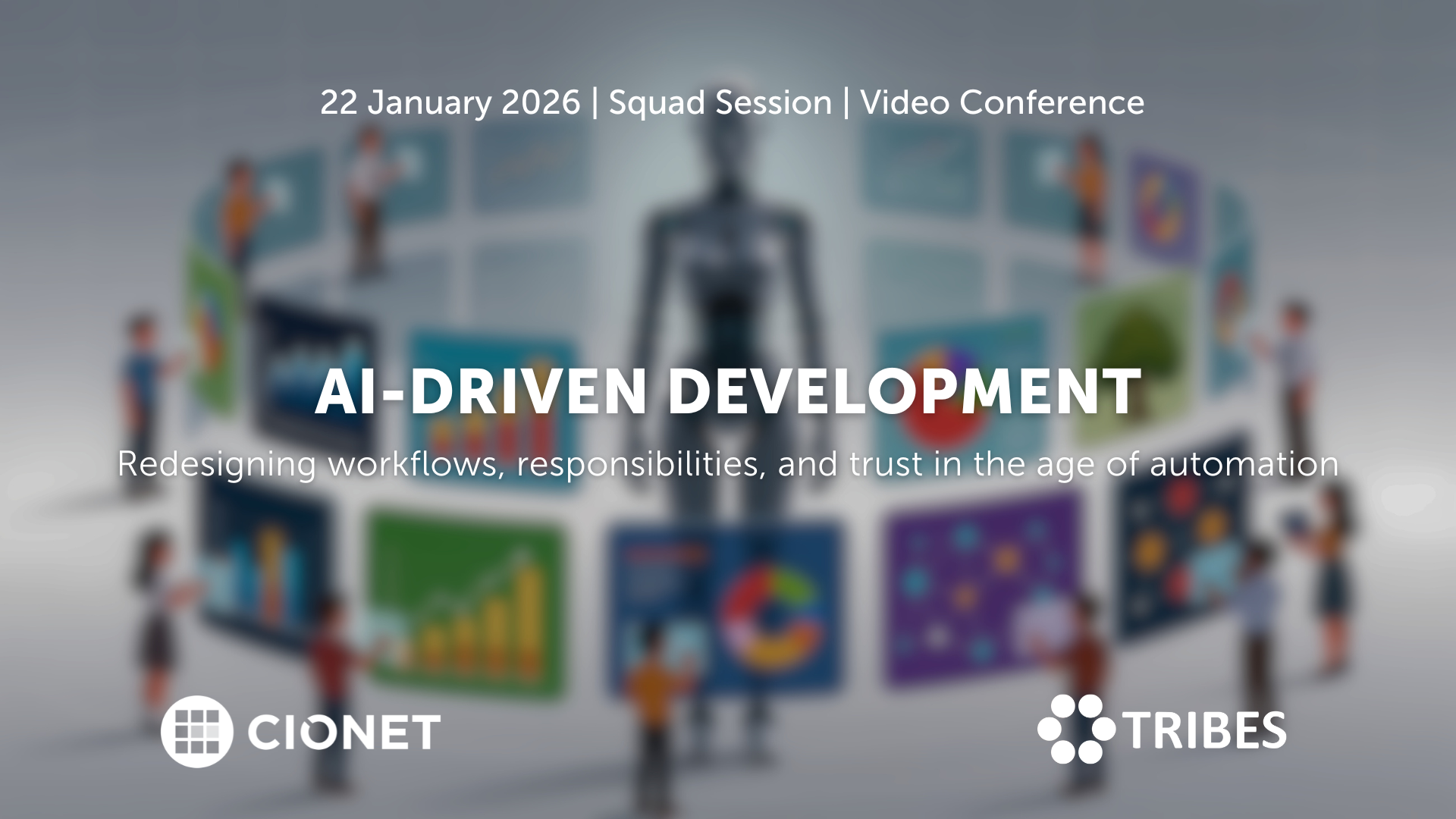
Belgium 22-1-26 Invitation Only Virtual english
AI coding assistants entered development teams quietly, but their impact grows by the day. What started as autocomplete now shapes architecture decisions, documentation, and testing. And when productivity gains are visible, so are new risks: security blind spots, uneven quality, and the slow erosion of shared standards. Teams move faster, but not always in the same direction. The challenge has become integration rather than adoption. And new questions have risen: how do you blend automation into established practices without losing oversight? When is human review still essential, and what should the rules of collaboration between developer and machine look like? As AI tools learn from proprietary code, where do responsibility and accountability sit? Let’s talk about how to redefine those workflows, balancing creativity with control, and protecting code quality in a hybrid human-AI environment. A closed conversation on where AI accelerates progress, where it introduces new debt, and how development culture must evolve to stay credible.
Read More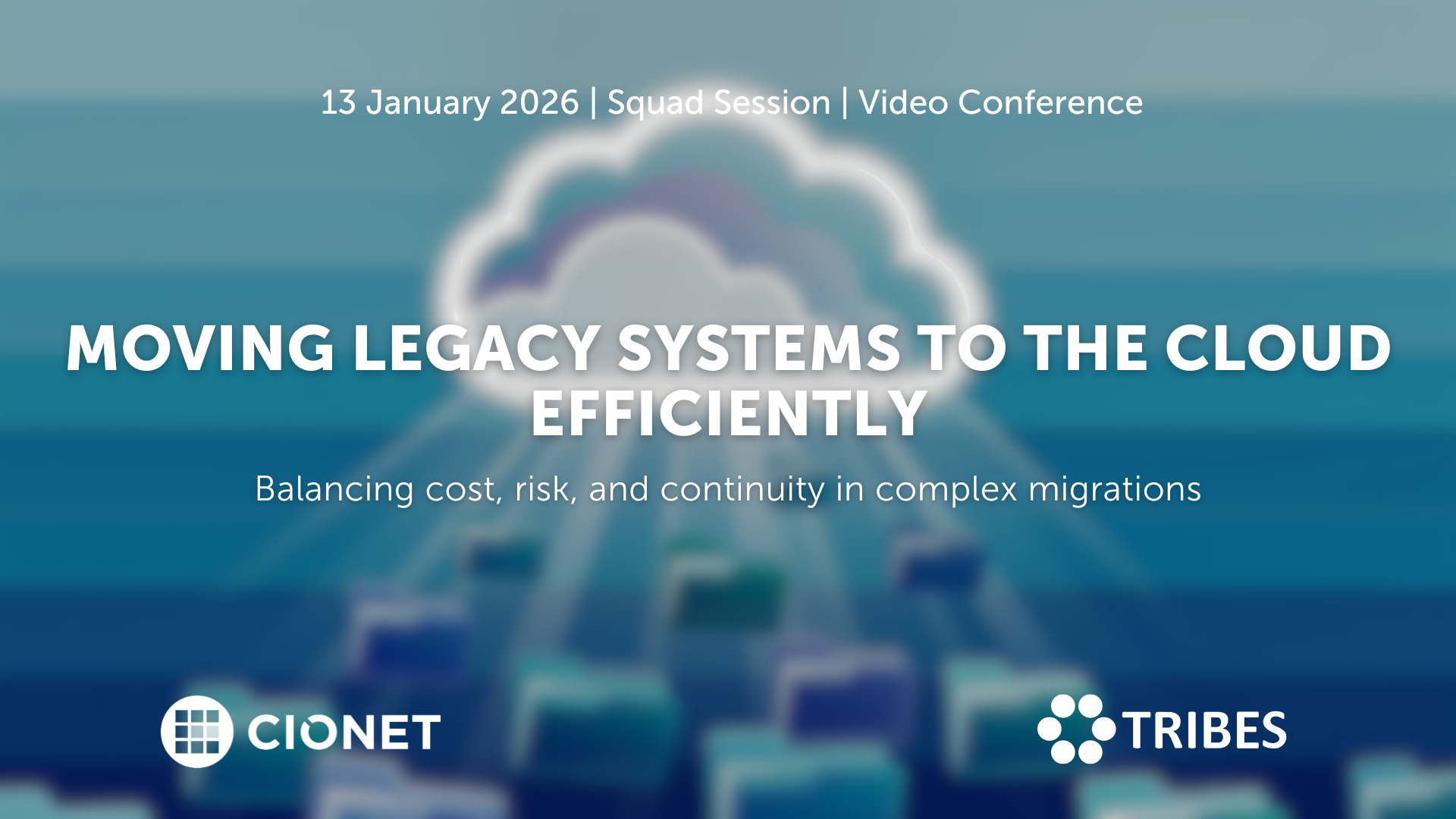
January 13, 2026 Squad Session Invitation Only Virtual english
Migrating legacy systems to the cloud remains one of the toughest balancing acts in IT. Every choice affects stability, cost, and trust at once, and what starts as a modernisation effort quickly turns into a negotiation between ambition and reality. Suddenly budgets rise, dependencies appear late, and timelines tighten as old architectures collide with new expectations. In the end, success depends on sequencing, ownership, and aligning business priorities with infrastructure limits, and not only on technical readiness. Making it work requires more than a plan on paper. Knowing which systems genuinely belong in the cloud, which can wait, and which should stay put shapes the entire roadmap and defines its success. Each refactoring decision sets the level of future flexibility, but it also drives cost and risk. The trade-offs between speed, sustainability, and resilience only become clear once migration begins and pressure builds. Let’s discuss how to plan migrations that stay on track, manage hidden dependencies, and handle downtime with confidence. Let’s also discuss how governance, testing, and vendor coordination keep progress visible and credible. Are you in? A closed conversation for those who turn cloud migration from a disruption into a long-term advantage.
Read More
January 22, 2026 Squad Session Invitation Only Virtual english
AI coding assistants entered development teams quietly, but their impact grows by the day. What started as autocomplete now shapes architecture decisions, documentation, and testing. And when productivity gains are visible, so are new risks: security blind spots, uneven quality, and the slow erosion of shared standards. Teams move faster, but not always in the same direction. The challenge has become integration rather than adoption. And new questions have risen: how do you blend automation into established practices without losing oversight? When is human review still essential, and what should the rules of collaboration between developer and machine look like? As AI tools learn from proprietary code, where do responsibility and accountability sit? Let’s talk about how to redefine those workflows, balancing creativity with control, and protecting code quality in a hybrid human-AI environment. A closed conversation on where AI accelerates progress, where it introduces new debt, and how development culture must evolve to stay credible.
Read More
January 27, 2026 Squad Session Invitation Only Physical english
Zero Trust sounds simple on paper: trust no one, verify everything. But once you start implementing it, the fun begins. Legacy systems, hybrid networks, and human habits don’t read the manual. The idea is solid; the execution, not so much.
Read More
CIONET Trailblazer: AI Transformation: Bridging the Cultural Divide to Achieve Competitive Advantage
Published on: December 17, 2025 @ 9:16 AM
HPE transforms to cloud-native endpoint management with a rapid Intune migration
Hewlett Packard Enterprise (HPE), a global IT services and equipment manufacturer, has implemented an enterprise-wide solution using Microsoft Intune for Mobile Application Management without enrollment and Windows mobile device management. This cloud-based solution has streamlined IT operations, improved cybersecurity, and enhanced user satisfaction.
Cloud-native endpoint management with Intune was definitely the right choice for us. All the savings we see from comprehensively securing and patching our endpoints, along with all the options and agility we get, and freeing up our IT time for other activities—it all more than pays for itself.Kregg Nelson: End User Compute Manager
HPE
“We have at least 15 internal device SKUs that constantly need patches, updates, and new drivers, so the burden of doing this all with an on-premises system posed many challenges,” says Kregg Nelson, End User Compute Manager at HPE. “We realized that a cloud-based solution would not only make us more efficient but also open up new ways of integrating with other HPE workstreams, like security operations and human resources.”
In the case of HR, for example, the onboarding process for new devices was past due for modernization. Whenever a new employee or contractor joined the company, setting up their devices typically entailed multiple phone calls between IT, the user, and often the user’s manager. With the right collaboration between IT and HR, Nelson’s team knew cloud-based device management could help increase the speed and efficiency of making workers productive.
HPE knew it needed a cloud-based digital transformation to keep pace with business needs and security risks. The company chose Microsoft based on the capabilities of Microsoft Intune and accompanying technologies to simplify endpoint management and empower better user experiences. It also factored in the strength of the two companies’ past working relationship. “We got buy-in by showing our executives how deploying Intune would help reduce costs and make our employees more productive, and by presenting a Microsoft Defender for Endpoint P1 licensing plan that projected a positive ROI,” says Nelson. “Ultimately, our relationship with Microsoft sold the deal—we knew we’d benefit from their input and experience if we chose Intune to manage our thousands and thousands of endpoints.”
Side by side with the device management effort was the identity and access management journey Nelson’s team had been pursuing since 2018. HPE invested in Windows Autopilot and other Microsoft technologies at that time, including buying licenses for Intune in anticipation of implementing access management features. More recently, as part of its modernization, HPE simplified user authentication by using Windows Hello, streamlined deployment with help from Windows Autopilot, and used Windows Update to help ensure up-to-date devices during its ongoing Windows 11 migration.
“We learned that you can’t have modern fleet management without modern endpoint management, so we made it our focus to do both of these in the cloud,” says Nelson. “Migrating and consolidating our identity and access and device management systems put us onto a three-stage journey, going from on-premises to hybrid to fully cloud native.”
From there, Nelson’s team met with stakeholders across business groups and across the company to evaluate use cases and determine the best path forward for implementing the Intune solution. In April 2023, they rolled out full-scale device management capabilities to all Windows devices at HPE. Then, over the next five months, they did the same for implementing Intune with employees’ personal, unenrolled mobile devices using Mobile Application Management, enabling a centralized, highly secure way for supporting bring-your-own-device culture. By September 2023, only some mobile edge cases remained, which Nelson expects to fully resolve and complete the migration by early 2024.
You really want to help new employees feel productive right away, and getting them through first-time setup in 35 minutes or less is a great way to achieve that—it used to take two hours or more. Windows Autopilot has been critical for achieving this. We’ve had 4,500-plus people try it the new way since April, and customer satisfaction scores are at 98 percent—an all-time high.Kregg Nelson: End User Compute Manager
HPE
The Intune rollout has led to improved collaboration between IT and HPE cybersecurity teams. The rollout has also enabled other security improvements, such as remote wipe—detecting a lost or stolen device as soon as it touches the internet and shutting down user access to sensitive apps and data.
Security postures and policies with the new system are also producing positive results. “We have new levels of granularity that let us operate more effectively and also sectionalize the business in helpful ways,” says Nelson. “A huge example is that by proving we can create profiles that have extremely granular policies and privileges, we’re now able to comply with government requirements that help us win contracts we couldn’t have qualified for before.”
Other benefits of moving to the cloud include running leaner, smarter IT operations and improving new employees’ experience with their HPE equipment. Nelson reports that he has been able to refocus the time and talents of his operations team on more innovative and revenue-driven activities. System patches that formerly took five to seven days to get installed on a user’s device now take only 24 to 48 hours at most, and many update processes are now automated. And by working with HR, Nelson’s team also reinvented the way first-day employees start using their devices to do work, helping them start contributing in their roles more quickly than in the past.
“You really want to help new employees feel productive right away, and getting them through first-time setup in 35 minutes or less is a great way to achieve that—it used to take two hours or more,” says Nelson. “Windows Autopilot has been critical for achieving this. We’ve had 4,500-plus people try it the new way since April, and customer satisfaction scores are at 98 percent—an all-time high.”
Simplifying and modernizing with cloud-native endpoint management
By dismantling its on-premises endpoint management infrastructure, HPE transformed its operations for a new era of efficient and agile cloud-based management for all devices. The key change, Nelson notes, has been simplicity. “Where it used to be time-consuming and costly to manage all the complexities of our on-premises environment, we can now perceive everything through a cloud-connected ecosystem with Intune and proactively manage the day-to-day,” he explains. “And with Microsoft, we achieved speed, not only by rolling it out steadily, but also by becoming more agile and responsive to users because we’re in the cloud.”
This success demonstrates that big companies can move device management to the cloud at a fast pace—even ones with hundreds of thousands of devices in use, and whose systems were fully on-premises less than two years ago. Nelson says his company’s return on investment has already proven beneficial. “Cloud-native endpoint management with Intune was the right choice for us,” he says. “All the savings we see from comprehensively securing and patching our endpoints, along with all the options and agility we get, and freeing up our IT time for other activities—it all more than pays for itself.”
Future plans include adopting Microsoft Intune Suite solutions, such as enabling endpoint privilege management in ways that further help secure new customer contracts by enabling device management without requiring administrative access. The company is also interested in trying Remote Help as a way of providing very secure, enterprise-level user support. Meanwhile, Nelson offers the following advice to other companies thinking about their own digital transformations:
450 Views 0 Likes Read More

Digital Transformation is redefining the future of health care and health delivery. All stakeholders are convinced that these innovations will create value for patients, healthcare practitioners, hospitals, and governments along the patient pathway. The benefits are starting from prevention and awareness to diagnosis, treatment, short- and long-term follow-up, and ultimately survival. But how do you make sure that your working towards an architecturally sound, secure and interoperable health IT ecosystem for your hospital and avoid implementing a hodgepodge of spot solutions? How does your IT department work together with the other stakeholders, such as the doctors and other healthcare practitioners, Life Sciences companies, Tech companies, regulators and your internal governance and administrative bodies?
Read More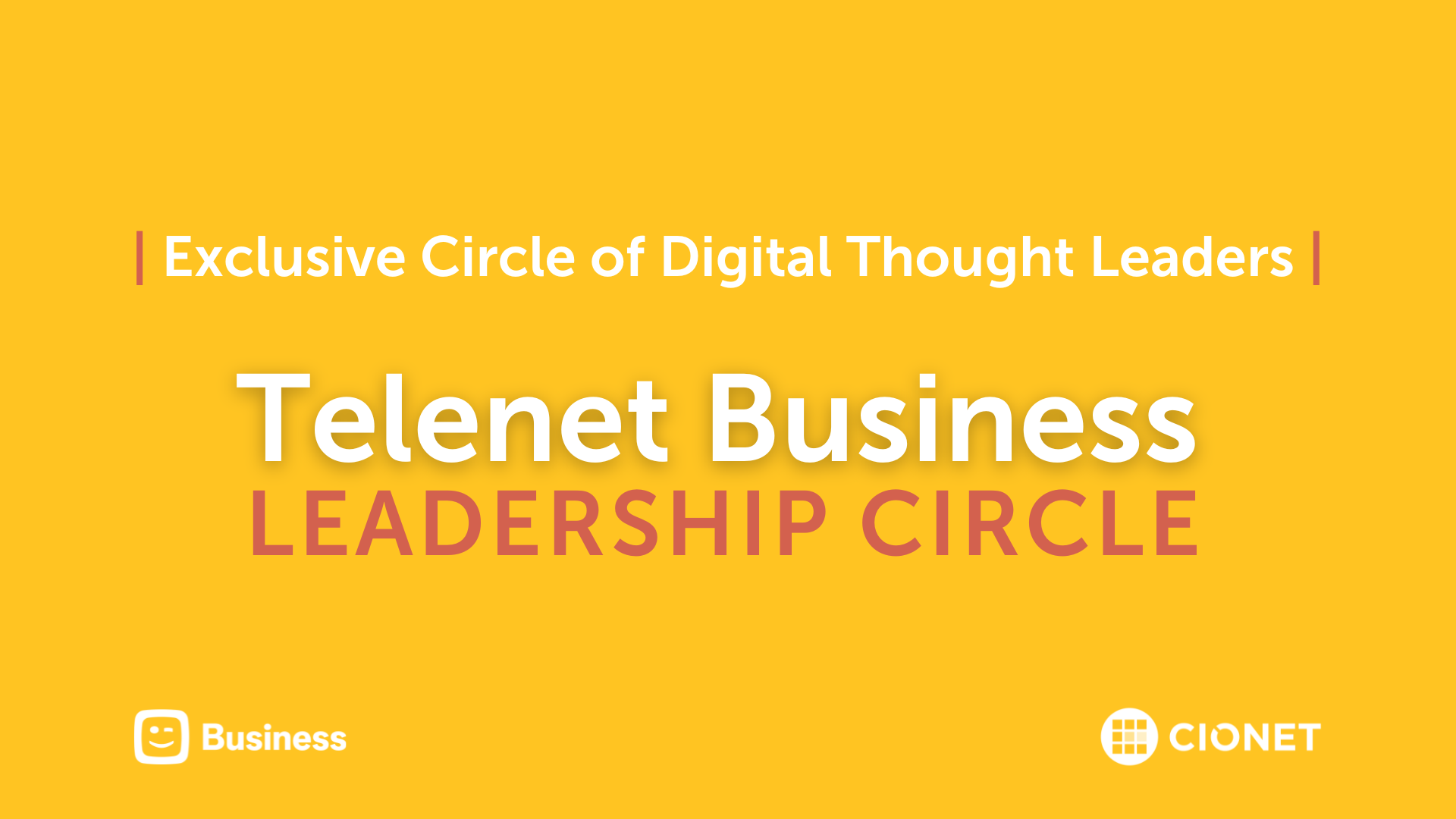
The Telenet Business Leadership Circle powered by CIONET, offers a platform where IT executives and thought leaders can meet to inspire each other and share best practices. We want to be a facilitator who helps you optimise the performance of your IT function and your business by embracing the endless opportunities that digital change brings.
Read More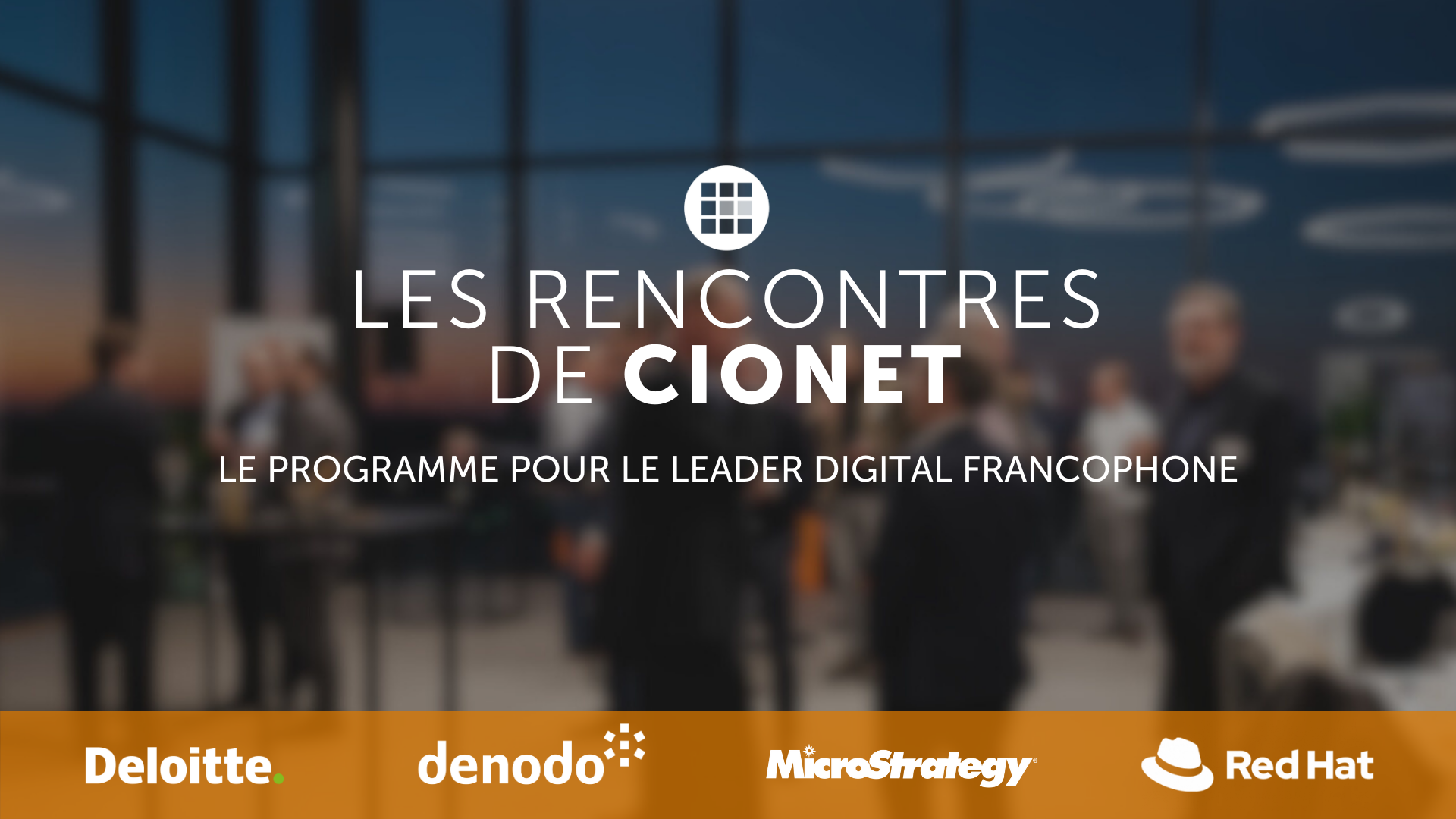
Découvrez la dynamique du leadership numérique aux Rencontres de CIONET, le programme francophone exclusif de CIONET pour les leaders numériques en Belgique, rendu possible grâce au soutien et à l'engagement de nos partenaires de programme : Deloitte, Denodo et Red Hat. Rejoignez trois événements inspirants par an à Liège, Namur et en Brabant Wallon, où des CIOs et des experts numériques francophones de premier plan partagent leurs perspectives et expériences sur des thèmes d'affaires et de IT actuels. Laissez-vous inspirer et apprenez des meilleurs du secteur lors de sessions captivantes conçues spécialement pour soutenir et enrichir votre rôle en tant que CIO pair. Ne manquez pas cette opportunité de faire partie d'un réseau exceptionnel d'innovateurs numériques !
Read More
CIONET is committed to highlighting and celebrating female role models in IT, Tech & Digital, creating a leadership programme that empowers and elevates women within the tech industry. This initiative is dedicated to showcasing the achievements and successes of leading women, fostering an environment where female role models are recognised, and their contributions can ignite progress and inspire the next generation of women in IT. Our mission is to shine the spotlight a little brighter on female role models in IT, Tech & Digital, and to empower each other through this inner network community.
Read More


-Apr-01-2022-10-58-34-57-AM.png)











-Dec-13-2023-10-53-15-5032-AM.png)




-Jun-12-2023-01-23-11-7540-PM.png)





-Apr-01-2022-10-58-34-68-AM.png)










-2.jpg)




-Sep-01-2022-02-47-55-60-PM.png)
-Nov-22-2023-08-56-42-6802-AM.png)
.png)

Would you like to know more about CIONET Belgium, membership or partnership opportunities? Do you have feedback or any other question? Send us a message!
You can either send us a registered handwritten letter explaining why you'd like to become a member or you can simply talk to us right here!